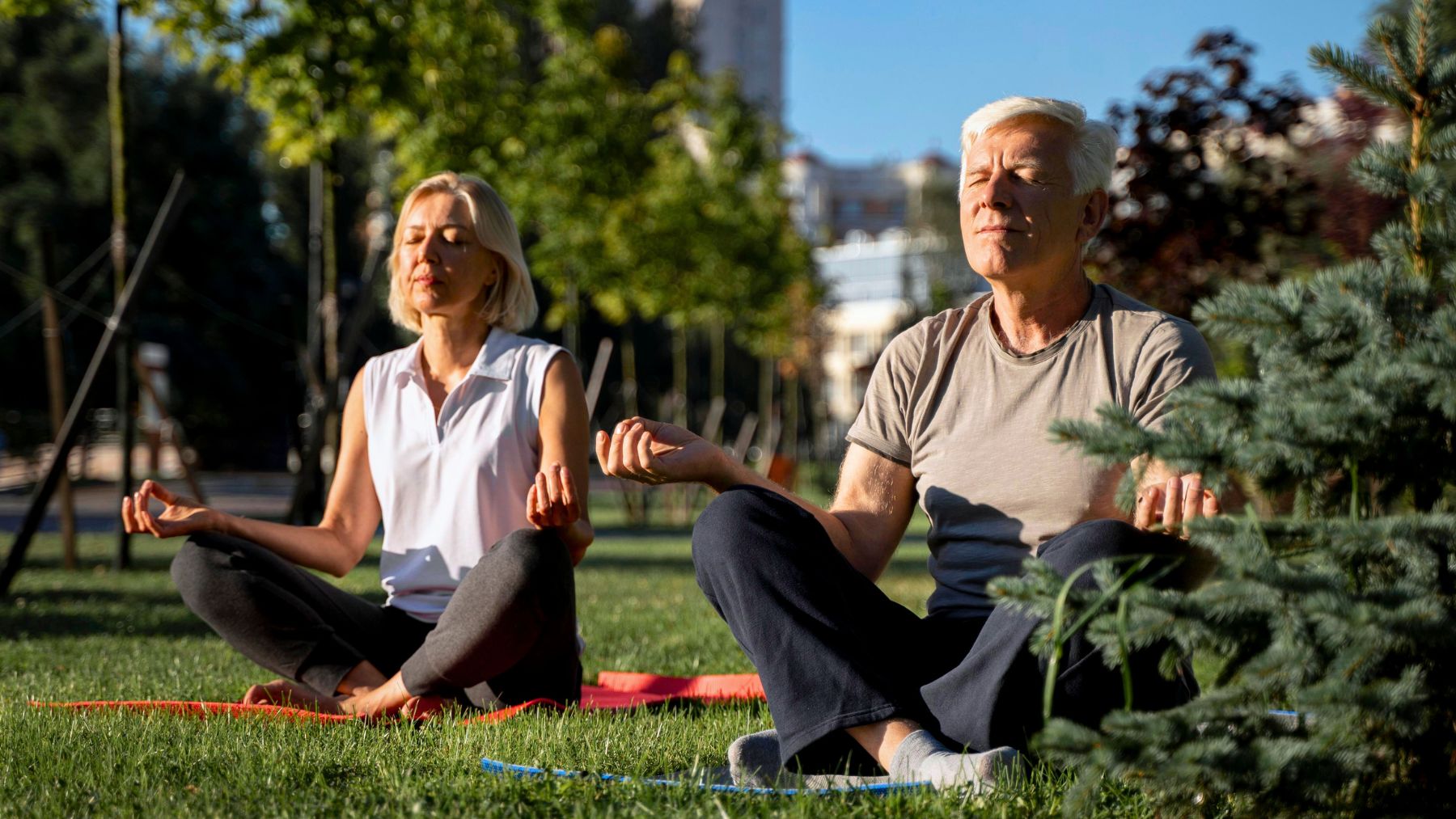While walking might aggravate fragile knees and yoga can impose some strain, there is an excellent alternative that gently eases leg discomfort: tai chi. This ancient martial art, which shares similarities with practices like qigong, offers a combination of movement, balance training, and mindfulness for seniors over 70.
Here, we’ll explore why tai chi excels as a low-impact workout for those with leg discomfort. We’ll discuss its advantages for enhancing strength, alleviating pain, and improving balance, while also providing practical guidance for starting safely. Let’s get started.
How can tai chi help you ease leg discomfort
Compared with high-impact exercises, tai chi minimizes stress on the knees, hips, and ankles. The controlled motions actively engage and strengthen the leg muscles, providing essential support to the joints and reducing discomfort. It also enhances flexibility, leading to an improved range of motion that makes everyday activities less painful.
Clinical research indicates that it can deliver significant pain relief. Its blend of gentle stretching and controlled strengthening not only reduces inflammation but also alleviates pressure on nerves. This effect is especially valuable for seniors suffering from conditions such as osteoarthritis or sciatica.
By training stability and enhancing body awareness, tai chi lowers the risk of falls. This increased steadiness offers both physical security and mental reassurance, while the meditative aspects help reduce stress and promote overall well-being.
Getting started with tai chi safely after 70
If you’re ready to try tai chi, prioritize safety and listen to your body’s signals. Consider these guidelines to start your practice:
- Talk to your doctor first: Always consult your healthcare provider before initiating any new exercise routine, especially if you have existing pain or health issues. Obtain their approval for including tai chi as part of your regimen.
- Seek senior-specific classes: Look for sessions specifically designed for seniors and beginners.
- Talk to the instructor: Before the class, inform the instructor about your leg discomfort so they know when to suggest modifications, recommend alternatives, or advise the use of a chair for support.
- Start slow and small: Begin with shorter sessions, such as 10 to 20 minutes, concentrating on mastering a few basic movements correctly. Avoid forcing yourself through any sharp pain.
- Use support if needed: Position yourself near a wall or sturdy chair to assist with balance during standing practice.
- Listen to your body: Tai chi should not cause sharp pain. A gentle stretch and moderate muscle engagement signal proper execution, whereas joint pain or strain indicates a need to ease up or stop.
- Be patient and consistent: Understand that the benefits of tai chi develop gradually. Strive for gentle, regular practice—even a few short sessions each week—rather than infrequent, lengthy workouts. Consistency is essential for sustainable progress.
With the appropriate class and a mindful approach, tai chi can offer a safe and effective path to stronger legs, reduced discomfort, and greater confidence in movement. Embrace the journey, giving the gentle practice time to transform your well-being and integrate it with other activities like stretching, balance training, and rehabilitative exercises.

